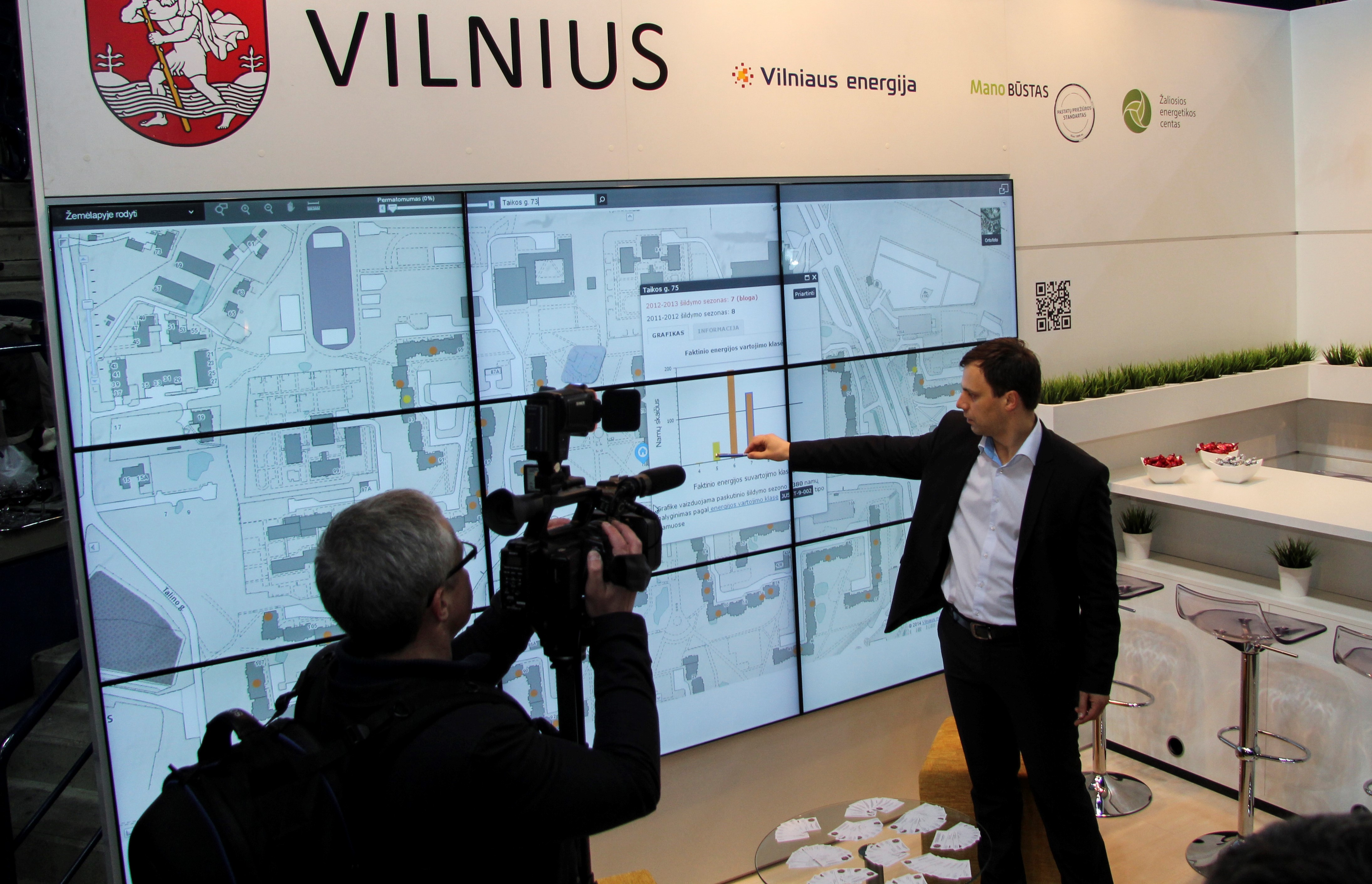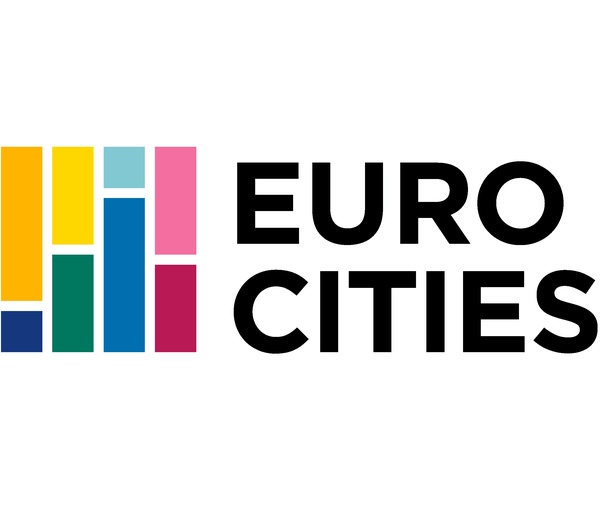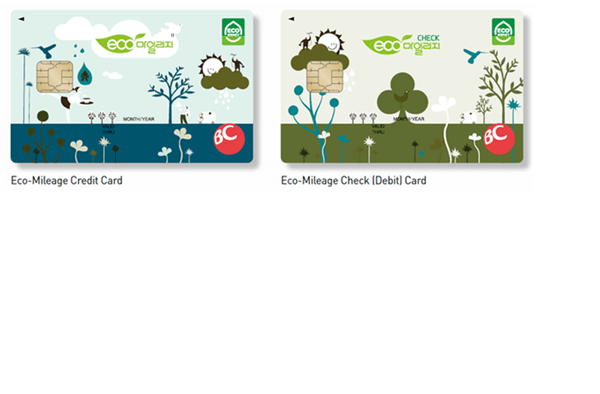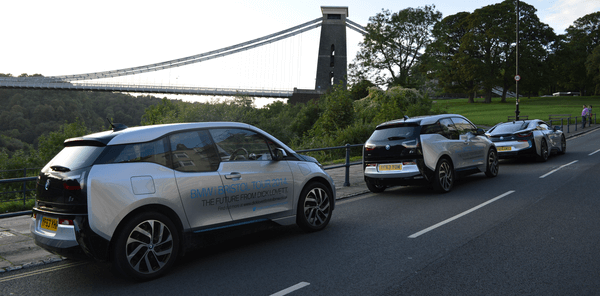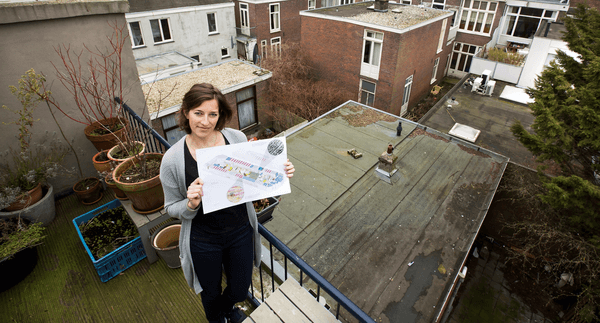City
Vilnius
Main actors
City Government, Public Utility, other
Project area
Whole City/Administrative Region
Duration
Ongoing since 2013
An innovative interactive energy map lets Vilnius citizens access and compare energy performance data for every apartment block in the city, online.
Residents of Vilnius’ 2,800 city-owned apartment blocks can now access an online map to evaluate and compare the heat consumption of their buildings. This interactive map uses a classification system, ‘actual energy consumption class’, to sort buildings into six categories according to their heat consumption, ranging from good to especially bad. Vilnius is currently in the process of renovating the blocks, with a goal of 600 by 2020. This would make a big difference to the city’s heat consumption, but in the meantime it hopes to raise awareness among residents of ways to improve energy efficiency. By visiting the map online or on their smartphones, residents can find out how their building ranks, compare its consumption over several years and compare it with other buildings in the city. The city then offers tips on how to improve efficiency, such as insulation, window and door replacement and heating system modernisation.
Originally published by EUROCITIES, the network of 130 European cities PDF: http://nws.eurocities.eu/MediaShell/media/Citiesinaction_Vilnius_April15.pdf
Eurocities Awards
This project was awarded the 'Eurocities Awards' in 2014 in the following category: Innovation.
On Map
The Map will be displayed after accepting cookie policy

